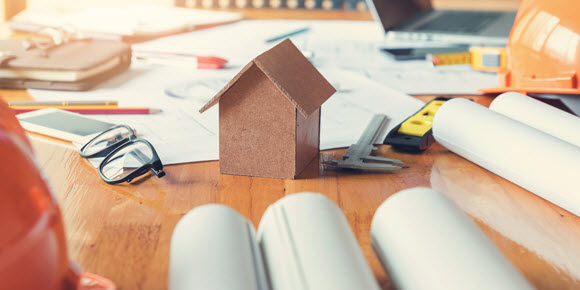Beautiful floor medallions, enviro-safe epoxy finishes and non-toxic oil penetrants for wood were three of the DIY products that caught my eye at the recent Home Renovation Show in Winnipeg.
Boris Trachenko of Sawyer’s Fine Woodworking in St. Andrews had examples of his exquisitely crafted wood floor medallions on display at the show.
He builds the catchy inlays from gorgeous hardwoods like padauk, holly, wenge, white oak, yellow heart, to name a few. He cuts the woods to shape and glues them to a Baltic birch plywood substrate.
Designs include maple leaves, stars and compass points, surrounded by intricate or simple border inlays, according to customers’ tastes.
“I have some of my own designs to choose from, but people can also draw their own ideas and I can custom build them in my shop,” said Trachenko.
The inlays can be any size or shape from circular to oval to many-sided animals or butterflies, popular in kids’ rooms. Medallions can be set into hardwood floors using a router template provided with each inlay — good news for DIYers who want to do this stage of the work themselves. The template is assembled around the medallion and held in position with double-backed tape to prevent the template from moving during the routing process.
To ensure a crisp outer edge around the floor boards, it is advisable to begin with an eighth-inch deep cut, continuing to lower the router bit in stages until the final depth is reached, he said. The floor boards within the circle are removed with a pry bar, and glue or any other substance on the subfloor must be removed so the medallion seats flush to the floor in all directions.
To test the medallion’s fit before gluing, a length of thin cloth wider than the medallion is laid across the mortise, allowing the inlay to be removed after a test fit by lifting each end of the cloth.
A polyurethane adhesive like PL-295 is recommended to hold the medallion permanently in the mortise. Gluing pressure can be applied by covering the medallion with a sheet of plywood to protect its surface and then spreading weights (weightlifting plates work) evenly over the ply.
Go to www.sawyerswood.com to view his gallery and for more DIY information.
Ecopoxy was another product on display with a lot of potential for artistic DIYers. The two-part epoxy can be used to create attractive paper weights and ornaments to filling gaps in recycled wood table tops and creating dazzling jewelry and more.
Randy Dearborn is the sales manager for Ecopoxy based in Morris. “One reason for the success of our product is its low odour, allowing for indoor use without ventilation,” said Dearborn.
The environmentally-friendly epoxy has many other positives, including resistance to yellowing, fading and cracking; no shrinkage when cured; self-leveling with a crystal-clear glossy finish, as well as water, chemical and scratch resistance, according to Dearborn.
He said the epoxy can be used on its own as a rock-hard finish for furniture or mixed with Ecopoxy colour pigments — highly concentrated tints that produce deep, rich shades using less product compared to other pigments. Metallic colour pigments, also made by Ecopoxy, create pearlescent and iridescent effects that mimic the natural look of stone and rock formations.
“For jewelry makers and other artisans, combining colour and metallic pigments with Ecopoxy can really make a piece of art ‘pop,’” said Dearborn.
Clear epoxy can be poured into a form like a measuring cup to which grasses, flowers and bamboo shoots are added. When the slow-cure epoxy hardens, the solid shape is removed from the form and the outside is sanded so a final, brilliantly clear finish coat can be added, revealing the plants embedded in the epoxy.
Cracks and defects in burl table tops or recycled wood tops can be filled with coloured and/or metallic Ecopoxy to create decorative details by filling in the flaws.
Check out www.ecopoxy.com for more design ideas and product prices.
Another product that had DIY written all over it was Osmo wax and oil penetrants, including food-safe, durable finishes for interior wood surfaces. Lionel Demers of St. Joseph’s Carpentry in Manitoba is a distributor of the German-made finishes and oils.
“For chopping blocks, table tops, counter tops, bowls and other wood items, I recommend Osmo’s TopOil, requiring only two brushed coats to create a lustrous, sealed-surface suitable for food preparation and consumption,” said Demers.
He said Osmo offers a complete line of wax/oil products for interior and exterior use on wood. Further information on how to apply and where to use each finish is available at www.osmo.ca or call Demers at 204-226-4881.



